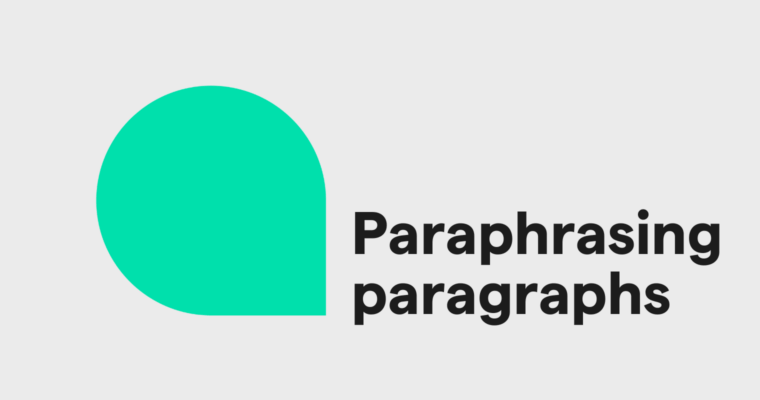
Every story has a climax. Without a climax, a narrative isn’t really a story—it’s just a series of events. The climax, the turning point where the bubbling tension pops and the characters have to take crucial action, turns a narrative into a satisfying story, whether you’re reading it, watching it on a screen or stage, or listening to your friend tell you a story.
What is a climax?
In a story, the climax is the turning point where the conflict is resolved. It’s the point where the tension that had been building since the beginning breaks, and a change occurs.
The climax, pronounced KLIE-maks, is important because it delivers the payoff a reader expects for investing time in the story. It makes the story satisfying, even when the protagonist is not successful or the story has a sad or infuriating ending.
Types of climaxes
Not all climaxes are the same. There are four main types of climax, each of which can be told in many unique ways.
Crisis
A crisis climax occurs when the protagonist must make a life-altering decision. No matter what they choose, life will never be the same again.
Catharsis
In a catharsis climax, the protagonist overcomes an obstacle. This success changes them in some way, such as elevating their status, spurring personal growth, or both.
Revelation
A revelation climax is one where a major secret is revealed, and the protagonist must determine how to move forward with this new information.
Heroic/Antiheroic
Heroic and antiheroic climaxes are two sides of the same coin. In both scenarios, the protagonist faces the opportunity to change for the better. In a heroic climax, the protagonist takes this opportunity. In an antiheroic climax, they choose to stay the same, continuing their established behavior patterns.
How does a climax fit into the story arc?
Every story has an arc, which is how the plot progresses from its inciting incident to its final scene. A story’s climax is part of its plot. Plot is one of the five elements that are found in every story. The other four are:
- Setting
- Theme
- Character
- Conflict
A story’s climax usually occurs near the end of the story, but not always. In some stories, it occurs early on and is followed by a telling of the events that led to it. This is known as an inverted plot. The film 500 Days of Summer is a well-known example of a story with an inverted plot. In another alternative, the climax occurs at the story’s midpoint. This plot structure is known as a midpoint climax. A story can also have more than one climax, with smaller climaxes resolving subplots within a larger narrative.
The climax pushes the protagonist to change in some way. In stories where the protagonist doesn’t change, the climax is the moment when they make that decision. This is a key part of why a story’s climax is a crucial part of its plot—in the climactic moment, the reader sees the character’s development in action. The story’s theme, too, is expressed through its climax.
Climax vs. conflict
Climax and conflict are closely linked, but they are not the same thing. A story’s climax is often the resolution of its conflict.
The conflict is the challenge the protagonist faces. Think of Goldilocks’s desire to figure out the seemingly abandoned bears’ house and her curiosity as she wanders through it, trying out the bears’ chairs, porridge, and beds. The conflict sparks the reader’s interest, and as the plot progresses, tension builds. This increasing tension is known as the rising action.
The scene where the tension “bursts” is the story’s climax. In “Goldilocks and the Three Bears,” this is when the bears return home and find Goldilocks sleeping in Baby Bear’s bed, and she’s so frightened that she leaps out the window and runs off into the woods. The protagonist, Goldilocks, faces a crisis: She’s been awoken by three perplexed, scary-looking bears. So she chooses to exit the situation as quickly as she can.
Usually, the climax isn’t a story’s final scene. After the climax, there is usually another scene or two, where the plot’s loose ends are tied up, and the reader gets to see how the climax changed the characters and setting. This part of the story is called the denouement. It is also known as the falling action. In “Goldilocks and the Three Bears,” the denouement shows the bears wondering why a little girl had broken into their house and improving their security system.
When you’re writing a story outline, map out how these two elements—the conflict and the climax—will intersect. This will help you avoid writing irrelevant scenes and create a logical narrative.
Climax examples
In How the García Girls Lost Their Accents, by Julia Alvarez, the climax occurs early in the story, when the four titular characters come together to celebrate their father’s birthday. This novel is an example of an inverted plot, as it begins with the climax and then tells the story in reverse chronological order, showing the characters as teenagers adjusting to life in the United States and, by the end, showing the inciting incident that caused the family to leave the Dominican Republic.
In the manga series Death Note, the protagonist, Light Yagami, is fatally wounded and asks Ryuk, the shinigami he’d befriended, to save his life using the death note. In this moment, he’s forced to confront his vulnerability and face the reality of his actions.
In The Lego Movie, the protagonist, Emmet, realizes that instead of being the “chosen one” tasked with saving the world, he’s an average individual—but just as unique, valuable, and ultimately worthy of living in a customizable world full of opportunities as anybody else, a message he imparts to the story’s antagonist.
Climax FAQs
What is a climax?
A climax is the turning point in a story. This is the scene where the protagonist has to make a decision, face a consequence, find a way to comprehend a secret, or take an action. The climax drives the plot for the rest of the story.
What are the different kinds of climaxes?
The four different kinds of climaxes are:
- Crisis
- Catharsis
- Revelation
- Heroic/Antiheroic
When should you use a climax?
Every story includes a climax. Write a climax to break your story’s tension and give readers a payoff for investing time and attention in reading the story. Usually, climaxes occur near the end of the story or at the midpoint, but there are exceptions.






